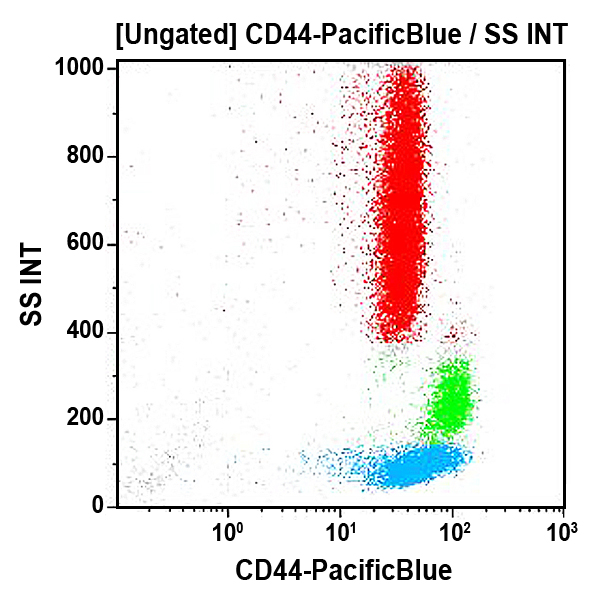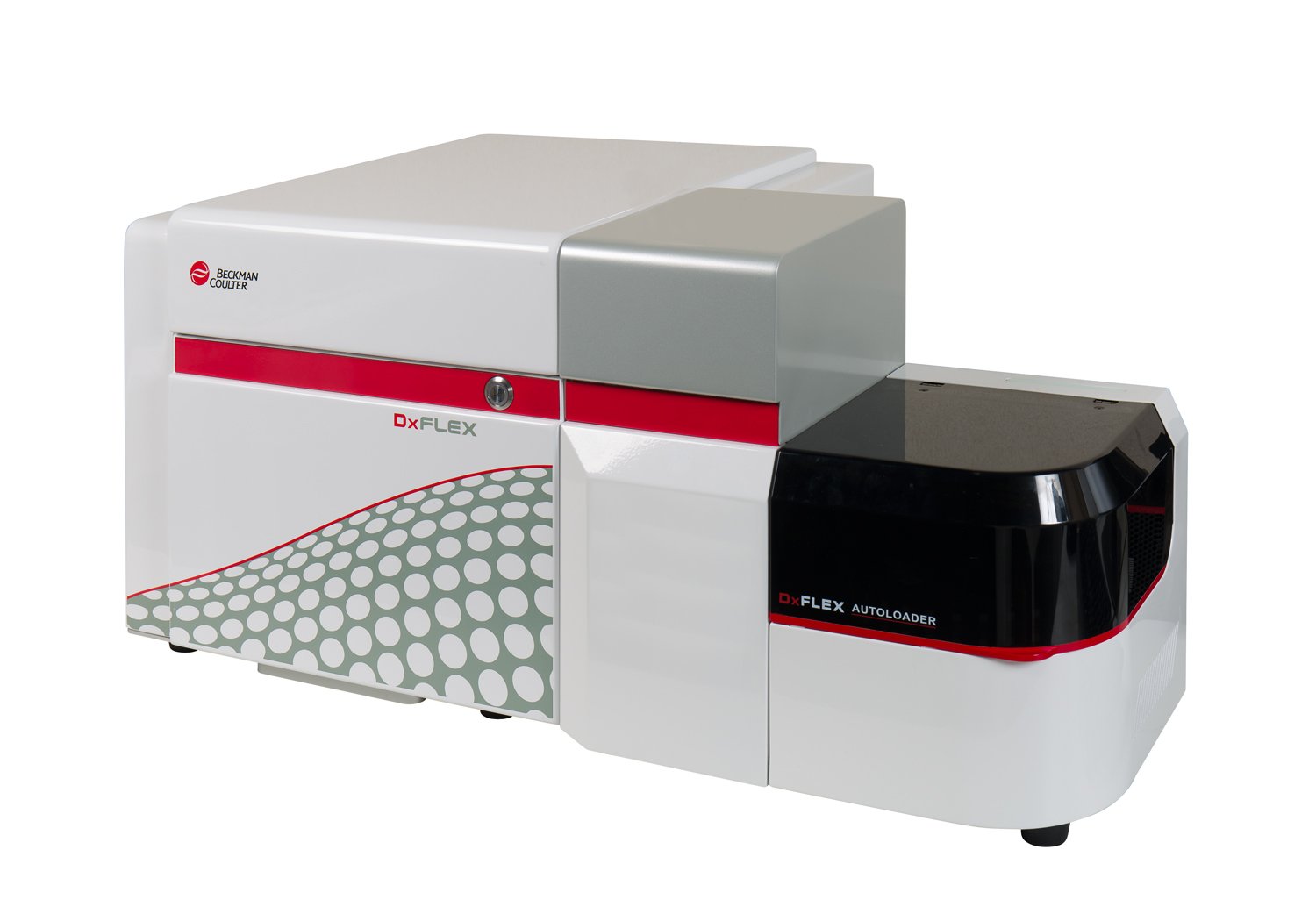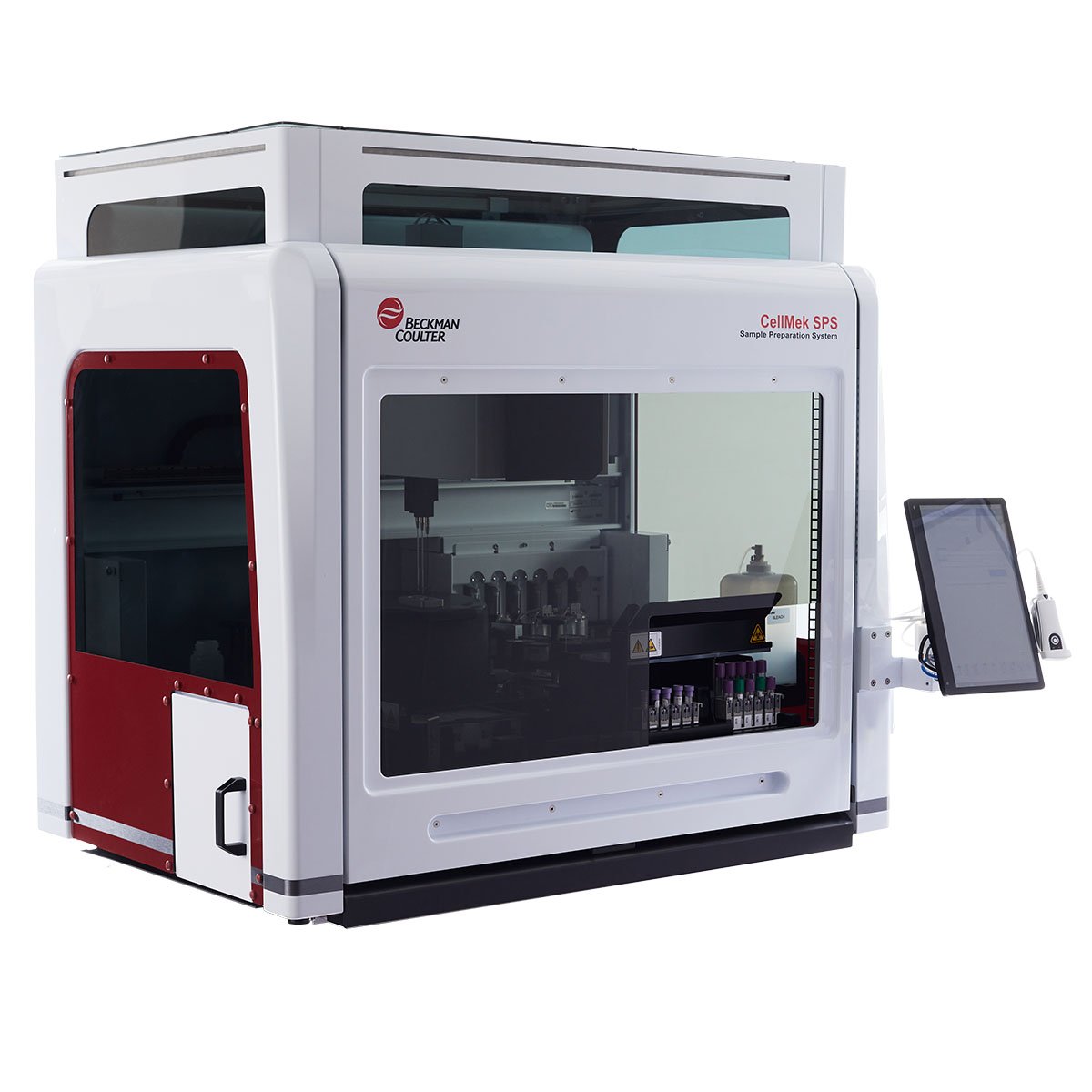CD44 Antibodies
The CD44 is a transmembrane glycoprotein of 85-200 kDa. Multiple CD44 isoforms have been described. CD44 is present on most cells or tissues, but not on platelets, hepatocytes, cardiac muscle, kidney tubular epithelium, testis and skin portions. CD44 is a signaling platform that integrates cellular microenvironmental cues with growth factor and cytokine signals. It transduces signals to membrane-associated cytoskeletal proteins or to the nucleus to regulate a variety of gene expression levels related to cell-matrix adhesion, cell migration, proliferation, differentiation, and survival. This cell adhesion molecule plays an important role in tumor progression and metastasis. Its role in tumorigenesis is due to its binding to extracellular matrix components, including hyaluronan (HA) and osteopontin (OPN), and to messenger molecules, such as growth factors present in the tumor microenvironment. The human Indian (In) blood group antigens a/b reside on CD44.
| Clone: J.173 | Isotype: IgG1 Mouse |
| J.173 antibody does not inhibit the binding of hyaluronate to its receptor. It can trigger IL-2-dependent proliferation and cytotoxicity of human T cell clones in vitro. | |






